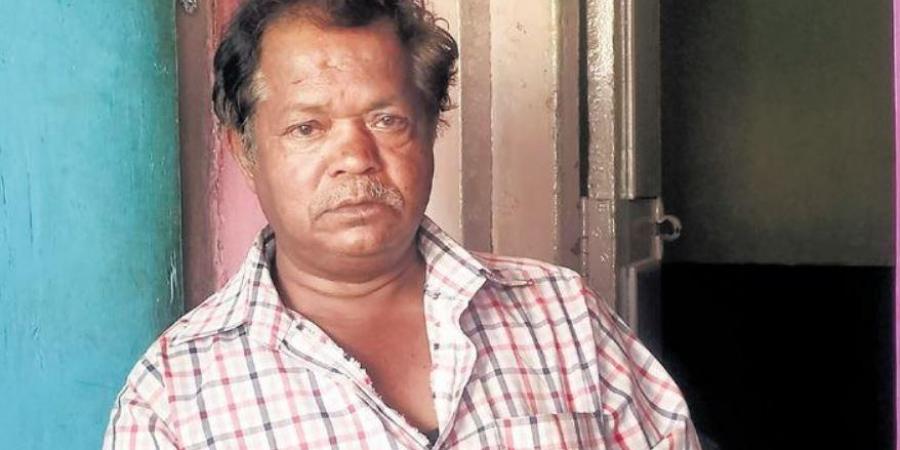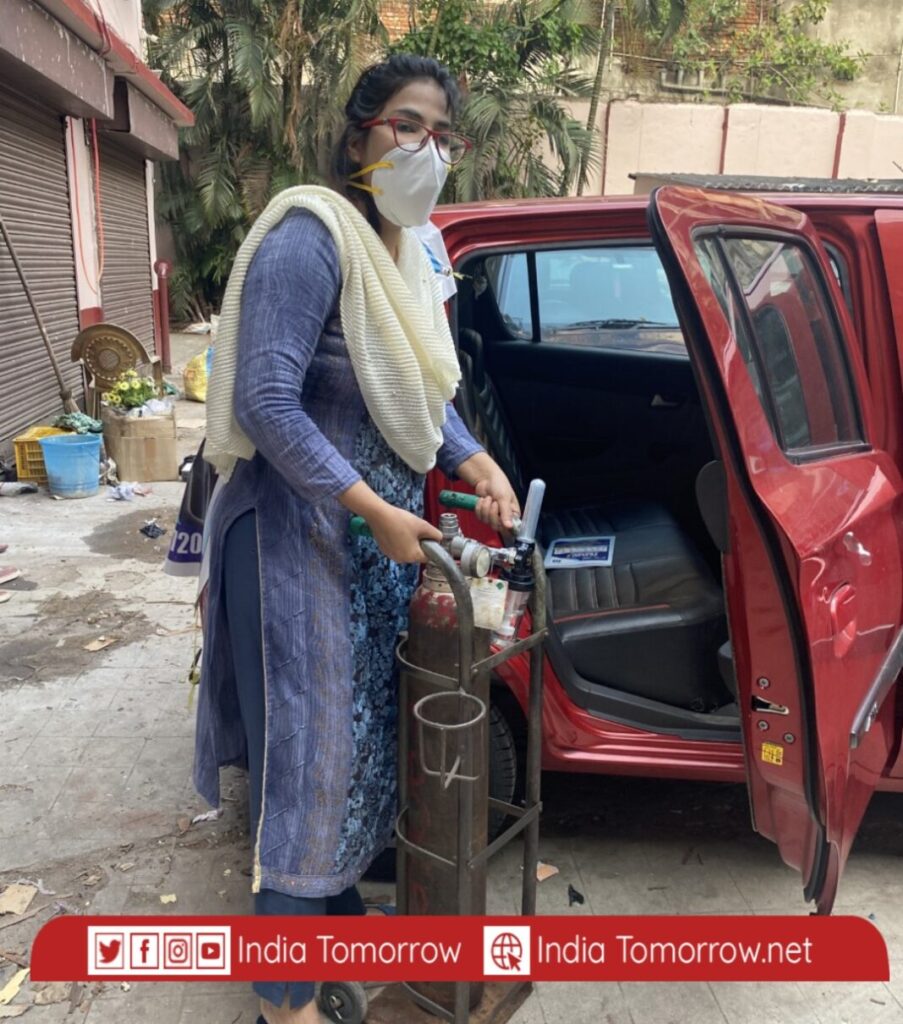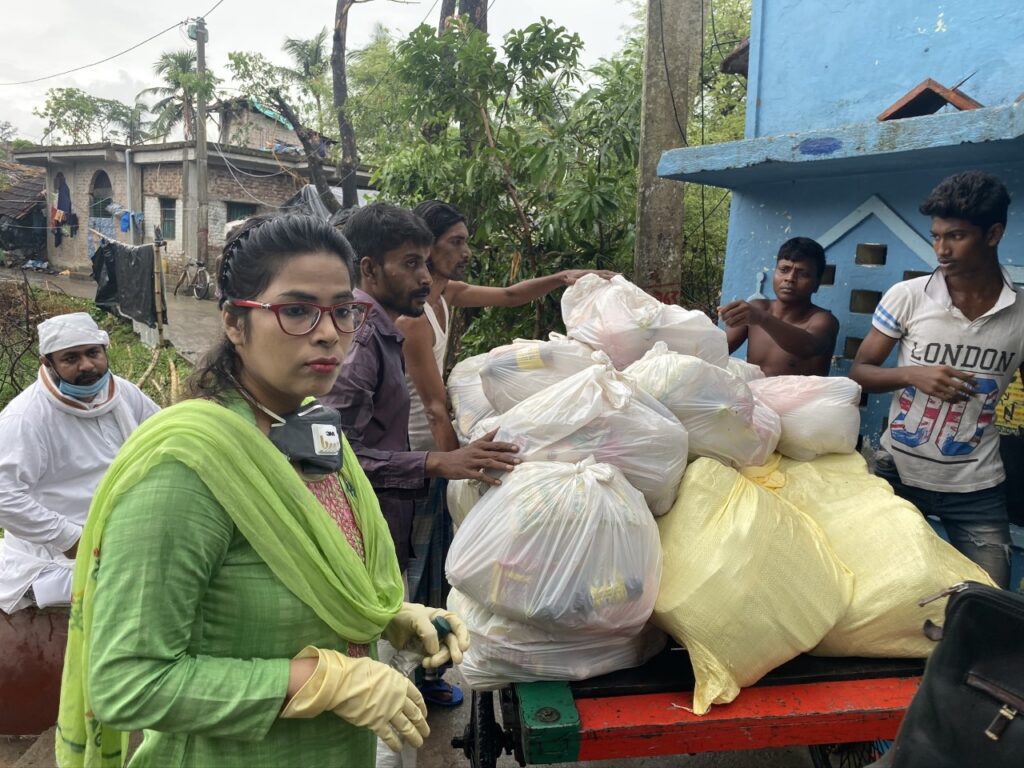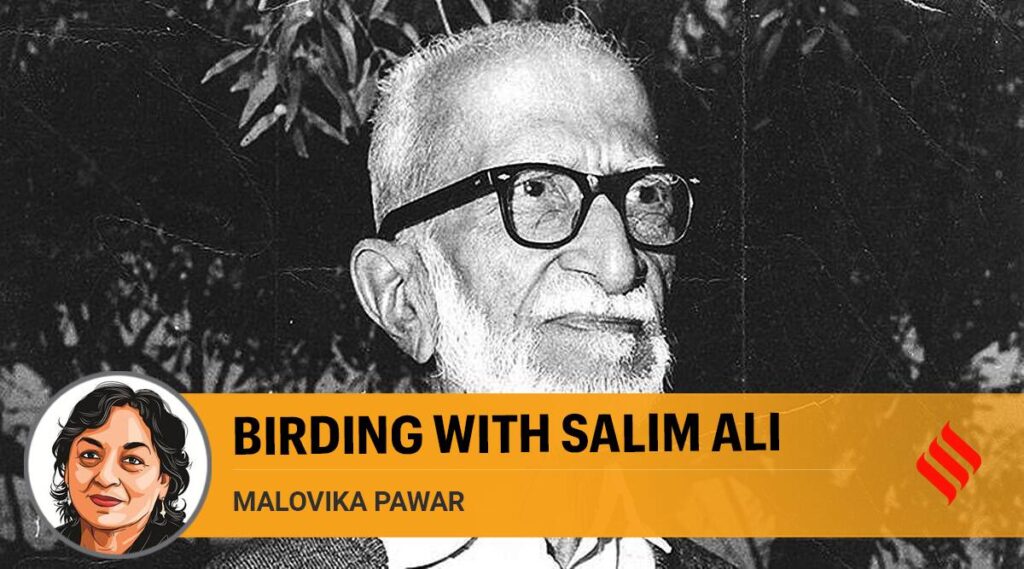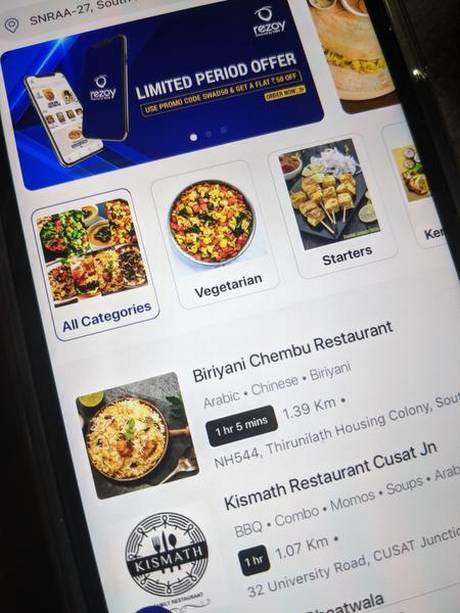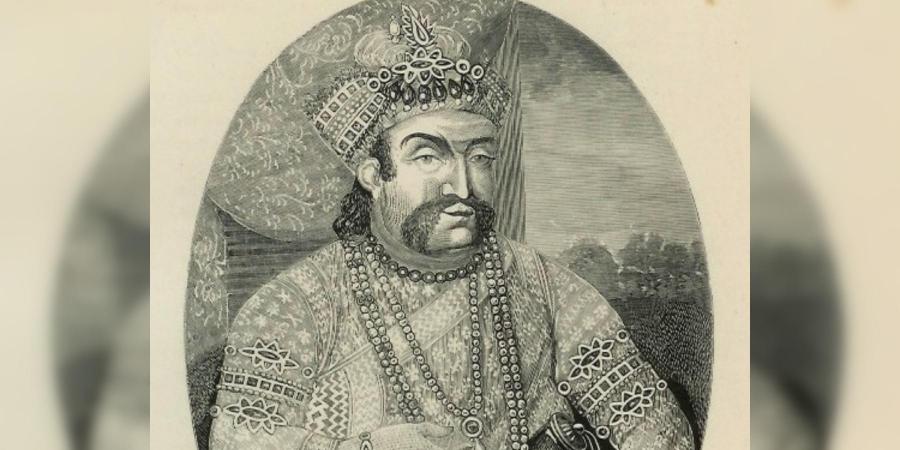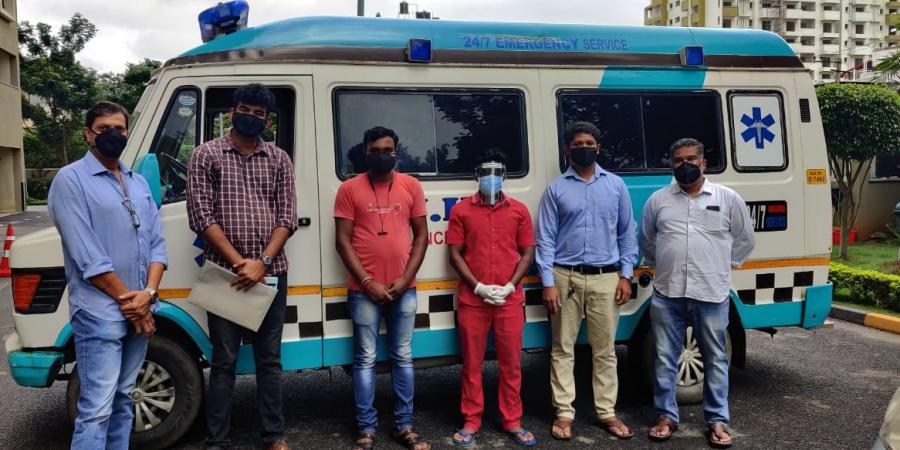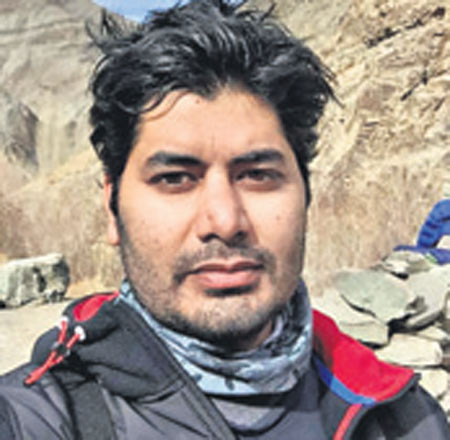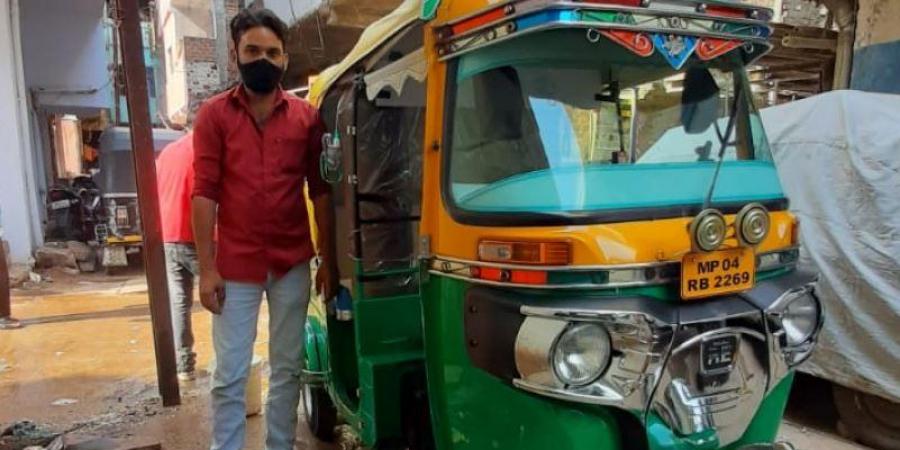Kolkata, WEST BENGAL / KUWAIT :
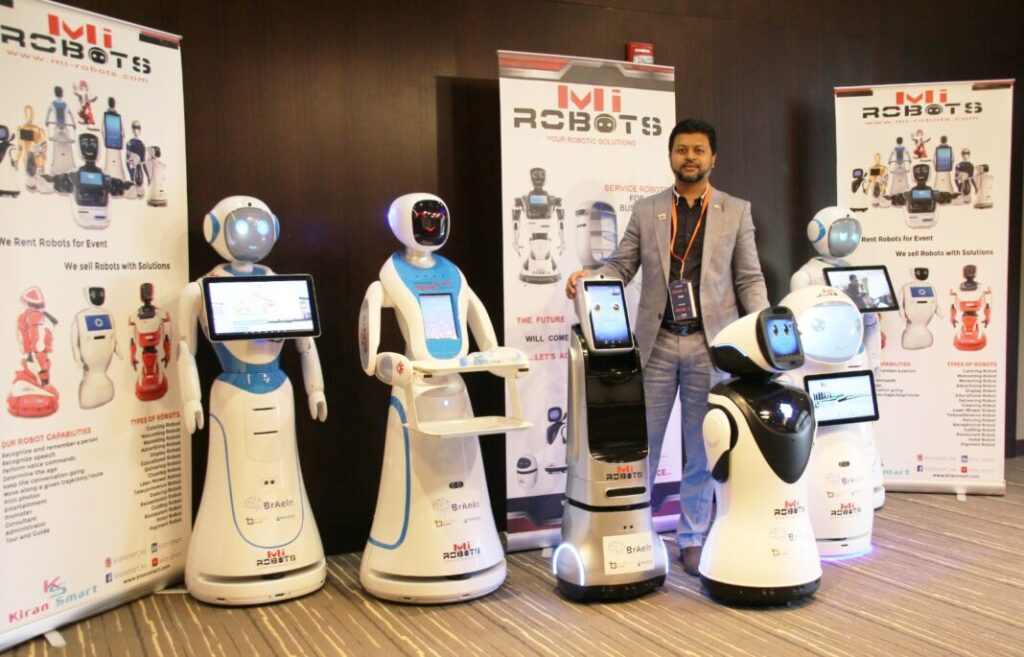
Bengaluru :
When his friends were busy playing with toy guns, Mohammed Mubin Mallick was building robots like a pro. For Mubin, robotics was a passion that eventually became his profession.
From an amateur innovator to a global leader in robot solutions, 39-year-old Mubin has come a long way to earn a sobriquet of `Robotman’ of India and middle east. A native of Kolkata, he holds MBA degree from Cardiff University, United Kingdom.
Being the school captain, Mubin grew up as an achiever, bagging awards in various recreational activities like sports, dance, speech, etc. He continues to be an achiever even today. Recently, he received Agata Lo Tauro Special International Award 2020 and a certificate for being the Mentor for ROBOCON 2020.
Mubin ventured into digital solutions and robotics solutions with his IT service company `Kiran Smart’. Always on the lookout to cater to the market’s needs, he set out to innovate and take steps beyond what others already offered.
Since the time he realized that he had the power to think out-of-the-box and innovate, Mubin dreamt of building a company that he could run depending on his ideas. The cradle for his innovation comes from very munificent thoughts of wanting to create job opportunities and donating the profits. It is for this reason that Mubin doesn’t want to leave any stone unturned to make his firm a global leading light.
“Our company Kiran Smart is into IT Solutions and Services for the past 15 years. We have been looking for diversification in our business portfolio. We did diversification into Digital Transformation and then recently we launched and started Robotics and Artificial Intelligence. Our market research on Humanoid Service Robots indicated a considerable demand for Robots. Therefore, our company decided to launch a brand Called Mi-Robots,” he said.
The pandemic, however, came as a blessing in disguise for Mubin and his company. “One of our delivery Robots serving food in China in 2019 December to COVID 19 quarantine centre became breaking news around the world. This news around the world helped us gained the trust of the people,” he said.
It was in 2017 that he came across a humanoid robot. He invested time in GITEX technology and ultimately made his passion and childhood dream come true. Understanding the working of robots and offering solutions related to them is Mubin’s only focus now.
“To be very honest, there were many challenges which cannot be listed here. Apparently, the major aspect was the financial crunch. Firstly, it is very crucial to survive in the local market. Secondly, we need smart and loyal team members who can run the company,” he said.
Over the years, Mubin learned both professional and personal lives play a considerable role in making an achiever or a failure. According to him, success in personal lives has a direct and positive impact on professional lives.
“To overcome these challenges, we adopted different strategies like inviting investors locally and globally. Apart from in-house human resources, we tied up with international firms to induct more innovative people to work with us remotely. Finally, our satisfied customers are our revenue. We do the regular follow-ups and technology updates with our customers so that we can fulfill their needs as per their growing needs,” he said.
Mubin is dealing with different kinds of Robots. These include Delivery Robots for restaurant and hotels, Educational Robots for Schools, hospitality Robots for hotels, UVC Disinfection Robots for all, Spray Dry Mist Disinfection Robot, Humidifier Robots for Home and Office, and Robots for children.
“Robots have played a major role during the pandemic as they helped people tremendously. For example, Disinfection robots are used to disinfect the places and those robots are UVC Lights Robots and Dry Mist Spray Robots. Many robots are used to check the temperature of people. Robots are used in hospitals to carry hand sanitizer, masks, and gloves in hospitals, hotels, shopping malls, restaurants, and many places,” he said.
Even corporates are using to communicate with their remote employees so that managers and team leaders can stay focused on live meetings. “Many universities across the globe have launched courses for Robotics and Machine Learning. There is data supporting the popularity of Robot installation in restaurants, hotels, hospitals, warehouses, home delivery, and schools,” he said.
Headquartered in Kuwait, Mubin’s Robots are going places. From all GCC to Africa, UK, Canada, Mexico and few European countries, Mubin is trying to introduce technology for making the life of the common man easy.
“It is really difficult to define the demand or maximum interest was shown by any specific country in this future technology because most of the countries are working on all the innovative technologies to lead the world. So, according to me, I see South Korea, China, Japan, Singapore, Canada, and UAE from the Middle East. The global market for robots is expected to grow at a compound annual growth rate (CAGR) of around 26 percent to reach just under 210 billion U.S. dollars by 2025,” he said.
His company, `Kiran Smart’, is a reflection of Mubin’s achievements. It has been recognized as the Top Most Robotics Company of 2020. The firm also received awards from the Ministry of Awqaf as the Most Innovative Company. KISR honored Kiran Smart for being their Most Innovative Supporter in Science and Technology for their Children’s Exhibition.
His message for the youth who aspire to reach as far as he has is boosting, “Don’t give up even if you fail. Failure teaches you a lesson and makes you stronger. Accept the reality, believe in yourself, and try again! Caring for humanity and seeing a smile on people’s faces keeps us motivated in life. People should be thankful to God, respectful to their parents, and be humble,” he said.
*The author is a Bengaluru-based freelance journalist.
source: http://www.indiatomorrow.net / India Tomorrow / Home> Education> Featured / by Rashida Bakait / February 10th, 2021
